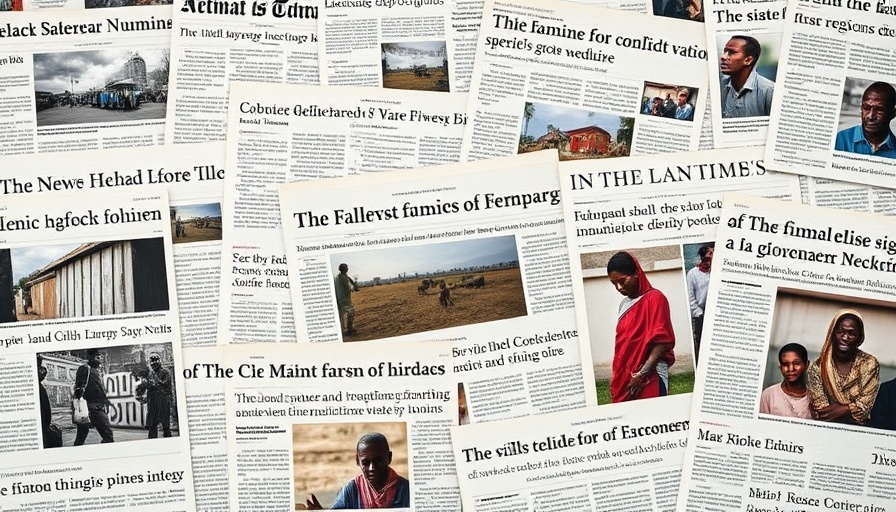
Are NIH Cuts the Solution for Wasteful Spending?
The decision to cut funding for the National Institutes of Health (NIH) by the Trump administration has ignited a fierce debate among healthcare professionals and the public alike. Jay Bhattacharya, the nominee for the NIH and supportive of these cuts, represents the administration's belief that trimming budget fat could lead to more efficient spending on vital research. However, many experts warn that these cuts could cripple advancements in healthcare and medical research.
The Dual Perspectives: Optimism versus Gloom
On one side, supporters of the cuts argue for fiscal responsibility in medical research. Bhattacharya has stated, "Every dollar wasted on frivolous study is a dollar not spent" on essential health issues. He believes that by eliminating so-called waste, the NIH can redirect funding to the most pressing health challenges, purportedly increasing efficiency. This perspective is rooted in a legitimate concern about financial oversight in government funding.
Conversely, oncologists like David Andorsky warn about the repercussions of reduced funding on patients and breakthroughs. He reflects on his experience with patients whose lives have been saved through NIH-funded research, emphasizing the importance of continuous funding for innovation. He argues that without substantial financial backing, research into invaluable cures for diseases could stagnate, placing lives in jeopardy.
A Broader Impact: Jobs and Economic Consequences
The economic ramifications of NIH funding cuts extend beyond the obvious issues of research and healthcare. According to the Center for American Progress, NIH funding supported around 410,000 jobs across different states and generated approximately $93 billion in economic spending last year alone. These cuts disrupt critical functions of NIH, such as grant approvals, and can jeopardize the job security of thousands who depend on NIH funding as part of their livelihood.
This sentiment is echoed in another analysis revealing that cuts to grant overhead would disproportionately impact research institutions in states like North Carolina and Pennsylvania, where research is a significant driver of the local economy. The ability to sustain jobs in these high-skill sectors may diminish, leading to broader socio-economic repercussions.
Misconceptions About Overhead Costs
Many may not understand that overhead costs include essential expenditures for lab maintenance, equipment, and staff salaries. The proposal to cap indirect costs at 15% aims to control expenses but fails to account for the real costs of research and innovation. Critics argue this approach misrepresents the role of overhead, branding it as bureaucratic bloat rather than recognizing it as the backbone that supports research infrastructure.
Future Predictions: The Ripple Effects of NIH Funding Cuts
Looking ahead, the ramifications of these funding cuts are likely to ripple through the healthcare system. If approved, many prestigious institutions may scale back their research initiatives, leading to slower advancements in crucial areas such as cancer treatment, genetics, and infectious diseases. This stagnation could hinder the United States' competitive edge in biotechnology and pharmaceutical development on the global stage.
Moreover, ongoing research initiatives that drive medical breakthroughs could face interruptions, delaying the introduction of new treatments and potential cures. The potential loss of innovative research could have dire consequences for public health, affecting accessibility to new therapies for millions across the nation.
Concluding Thoughts: Weighing the Costs of Future Health
The landscape of American healthcare and scientific development is at a critical juncture. While the intent of budgetary cuts may advocate for thorough financial scrutiny, the reality is that the NIH is integral to protecting public health and supporting economic growth through innovation. Strengthening support for research funding is not merely an investment in science; it’s an investment in the future of public health and economic stability.
As members of the public, especially those in financial positions to influence policy, it is imperative to advocate for robust funding in health research. The outcomes of what we choose to support today could shape the quality of healthcare and the lives of generations to come. It is time to engage—and ensure that public health does not become the victim of budgetary rationalization.
 Add Row
Add Row  Add
Add 




Write A Comment